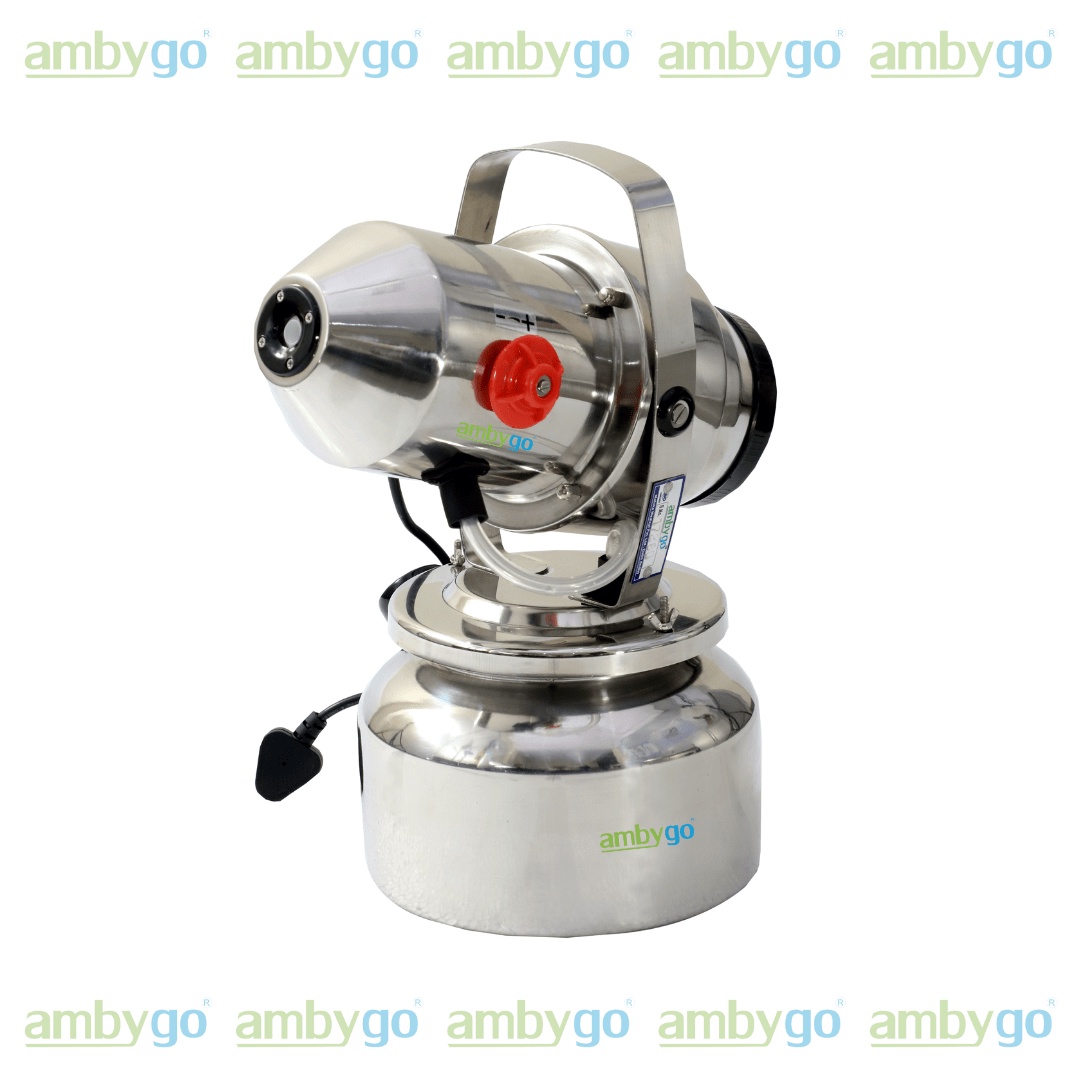Fogger machines have emerged as valuable tools for disinfecting and decontaminating laboratory settings, offering efficient and effective solutions for addressing microbial threats. This article explores the best practices for utilizing fogger machines for laboratories and their cleaning protocols to enhance safety and promote a healthy working environment.
Understanding The Role Of Fogger Machines
Fogger machines, particularly ULV (Ultra-Low Volume) foggers, generate fine mist or fog composed of disinfectant solutions that can penetrate hard-to-reach areas, including cracks, crevices, and surfaces with intricate geometries. This ability to achieve comprehensive coverage makes fogger machines well-suited for disinfecting laboratory spaces.
Best Practices For Integration
- Developing A Comprehensive Cleaning Plan: Identify high-risk areas, such as biosafety cabinets, biological safety cabinets, and high-touch surfaces, where regular fogging is essential to mitigate the spread of contaminants.
- Selecting The Right Disinfectant: Choose an appropriate disinfectant solution compatible with the laboratory's materials and surfaces. Ensure the disinfectant is effective against a broad spectrum of pathogens commonly encountered in laboratory environments, including bacteria, viruses, and fungi.
- Ensuring Proper Ventilation: Before initiating fogging procedures, ensure proper laboratory ventilation to facilitate the disinfectant fog's dispersion and evaporation. Open windows and doors or activate ventilation systems to promote air exchange and prevent the accumulation of fumes or residues.
- Calibrating Fogger Machines: Calibrate fogger machines according to manufacturer specifications to achieve optimal droplet size and dispersion. Adjust settings such as droplet size, flow rate, and coverage area based on the size and layout of the laboratory to ensure uniform distribution of the disinfectant fog.
- Implementing Safe Operating Procedures: Train laboratory personnel on safe operating procedures for using fogger machines, including proper handling of disinfectants, personal protective equipment (PPE) requirements, and precautions to minimize exposure to aerosols.
- Establishing A Regular Maintenance Schedule: Implement a regular maintenance schedule for fogger machines to ensure their continued functionality and performance. Conduct routine inspections, cleaning, and servicing of equipment components, such as nozzles, filters, and pumps, to prevent clogs, malfunctions, or degradation in performance.
- Monitoring And Evaluation: Monitor the effectiveness of fogging procedures through regular inspections, environmental monitoring, and microbial testing. Evaluate the impact of fogging on microbial contamination levels and adjust cleaning protocols as needed to address any areas of concern or improvement.
- Documenting Procedures And Outcomes: Maintain detailed records of fogging procedures, including dates, areas treated, disinfectants used, and outcomes. Document any incidents, observations, or corrective actions taken during fogging operations to ensure accountability and facilitate continuous improvement of cleaning protocols.
Final Thoughts
Integrating fogger machines into laboratory cleaning protocols represents a proactive approach to enhancing safety, minimizing contamination risks, and maintaining cleanliness in laboratory environments.


No comments yet